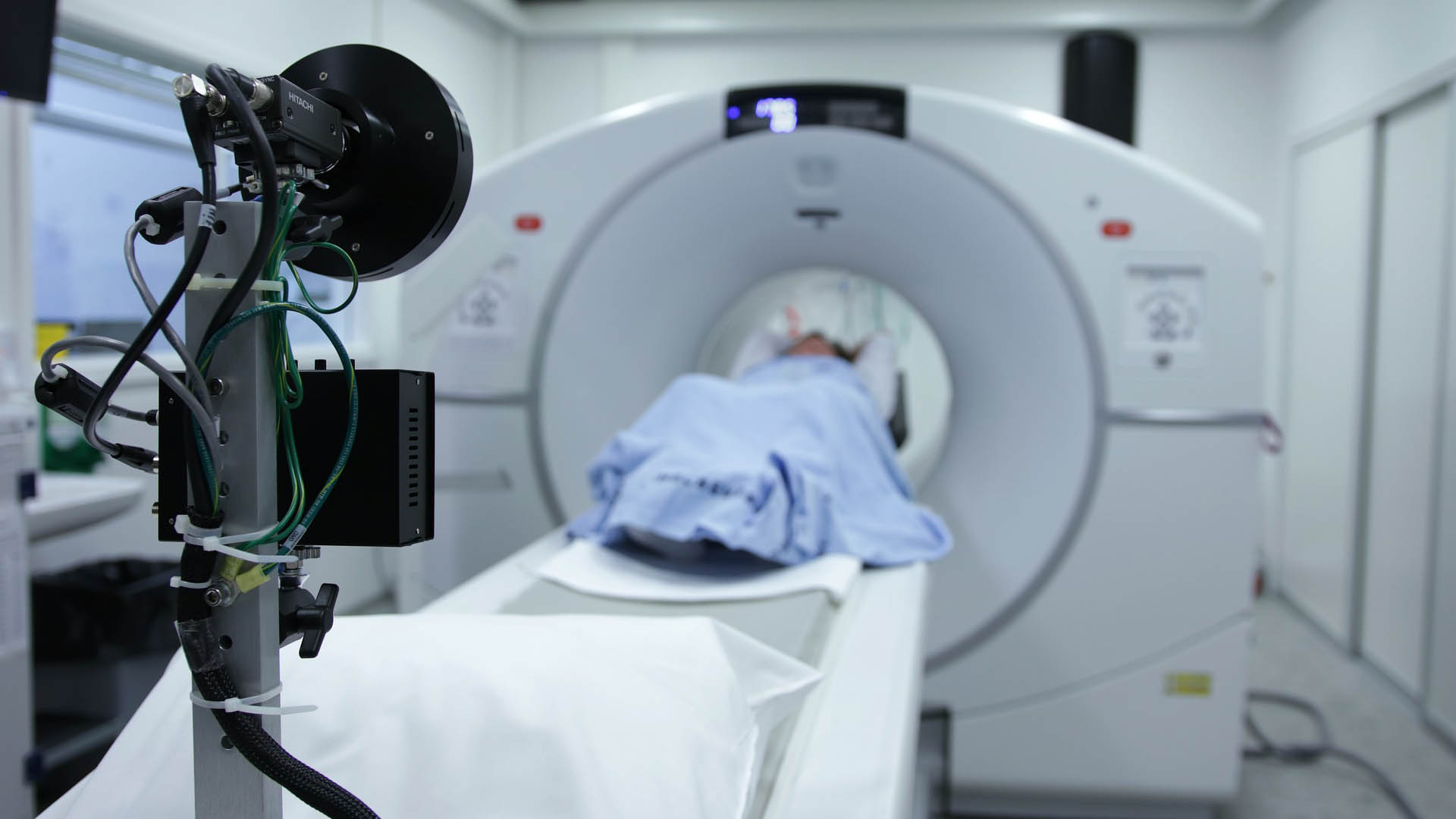SPECT Scan Medically Recognized For Revealing Positive Findings Of Traumatic Brain Injury To Help Brain Injury Survivors Gain Catastrophic Status And Rehabilitation Funding
August 12, 2021

In a major development for brain injury survivors across Canada, the Canadian Association of Nuclear Medicine (CANM) has adopted, ratified and endorsed Guidelines for Brain Perfusion Single Photon Emission Computed Tomography (SPECT).
Simply, the SPECT scan is now medically recognized for the diagnosis and prognosis of traumatic brain injury (TBI). The SPECT test shows in much clearer detail the presence and extent of the brain injury (especially mild TBI), something that MRIs and CT scans cannot.
For loved ones, caregivers and, most of all, survivors that potentially means:
- Traumatic brain injuries can be diagnosed sooner
- Not having symptoms of brain damage dismissed as imagined pains
- Not having to live with the stigma and uncertainty of the nature of the injuries
- Earlier access to accident benefits for catastrophic injuries
Though the SPECT scan has been recognized widely for its accuracy (we even maintain a list of cases where SPECT is used to provide evidence of brain injury), CANM has not published guidelines for it previously. In fact, its decision is the first update to these guidelines in over 10 years.
Significance of CANM’s Decision
CANM establishes guidelines of clinical practice, in effect telling medical professionals what imaging tests to perform in the event of a brain injury.
SPECT scans have been used to determine the presence of TBI for many years now. As early as 2014, a review involving 2,634 individuals showed the utility of brain SPECT in the evaluation of TBI. In a subsequent retrospective study, over 20,000 subjects showed that SPECT could even distinguish TBI from PTSD with 80-100% sensitivity and an average of 70% specificity.
The decision means that the validity of SPECT will be accepted in the diagnosis and prognosis of TBI, when the CT or MRI don’t show abnormalities.
How Is a TBI Diagnosed?
After an accident the most common radiological tests for determining if surgery is required are MRI and CT scans. However, they are imperfect tools for traumatic brain injury assessment, unable to show positive findings or functional changes related to cellular death and injury if brain lesions are not detected.
As a result, it’s difficult to identify or reveal positive findings which indicate the severity of the injury and insurance companies attempt to challenge injury claims and avoid catastrophic determination for seriously brain injured clients, unless SPECT scan is employed to show the positive findings of brain injury.
Nuclear medicine specialists agree that SPECT scans, a medically recognized brain diagnostic technology, are very good at proving TBI, especially mild TBI. SPECT evaluates blood flow to determine damaged areas of the brain: healthy parts show normal blood flow while damaged areas show decreased blood perfusion.
What does a SPECT scan show? Learn more here.
| Ready to go “Back to School”? Thomson Rogers’ Back to School conferences bring together survivors, caregivers and ABI specialists from different fields. We had to postpone them in 2020 and 2021 because of COVID-19, but look forward to convening again in 2022. Learn more about the conference on our website. |
How to Prove Brain Injury in a Car Accident Claim
One example of SPECT scans helping catastrophic accident brain injury survivors receive fair compensation is in the case of car accidents.
The statutory accident benefits for a non-catastrophic motor vehicle accident are set at a maximum of $65,000, which is insufficient for those living with TBI. When a survivor of a brain injury caused by a car accident cannot find work or needs help caring for themselves, they need much more funding for their rehabilitation.
Even before the CANM acceptance of these Guidelines, we’ve been able to prove TBI, helping survivors with mild-to-moderate brain injuries receive the full and fair compensation they’re due and access catastrophic impairment to obtain funding for the treatment and attendant care they require.
Importance for Proving Catastrophic Accident Brain Injury
Today, what traumatic brain injury survivors face most of all is ignorance of the severe impact on their lives owing to the lack of recognition of this previously invisible injury. Without lawyers who specialize in proving catastrophic brain injury, brain injury survivors and their families are struggling to convince physicians and lawyers of their injuries. This has been changed by the CANM adoption of Guidelines for the use of SPECT to identify brain injury, especially mTBI. With SPECT showing positive findings of brain injury, recognition follows and funding for treatment has the potential to address the devastating impact of loss of brain function, so long as survivors can get the rehabilitation and care they need.
We recently spoke to Lucie Saint-Phard, mother and caregiver to her two children who suffered TBI after a car accident. Her concerns about the brain injury symptoms her children were facing, then aged 3 and 4, were not properly addressed initially. It was a year and half after the accident that her children received a brain injury diagnosis and started to get the rehabilitation and care they needed.
Don’t Suffer in Silence – Talk to Our Trauma Lawyers
At Thomson Rogers we work with brain injury specialists, ensuring survivors receive the care and attention they need for mild and catastrophic impairment. Have you or a loved one suffered a traumatic brain injury? Talk to an experienced trauma lawyer today. We’ll help you document the extent of your injuries and get the compensation and obtain access to medical testing like the SPECT scan, which are the keys to obtaining funding for the services and support you and your family need.
Book a consultation with our brain injury lawyers today.
For a copy of the Guidelines, please click here.
For Thomson Rogers updates please subscribe to our email list here.
Share this






